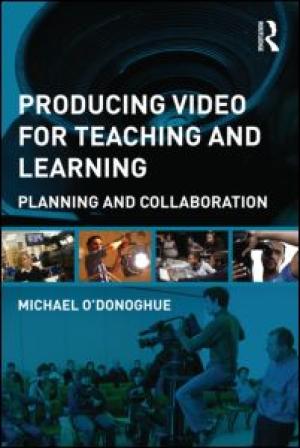Resources
A short, practical introduction to using online social media tools (like Twitter) to facilitate role-playing in courses involving literature or history.
Suggestions for using role-play with adult learners in online learning environments, both synchronous and asynchronous. Includes three models, student reactions, integration with Bloom's taxonomy, and assessment considerations.
Chronicle of Higher Ed offers a time line, with links, of the controversial resignation and reinstatement of University of Virginia's president Teresa Sullivan. At the heart of the controversy is disagreement between the school's Board of Visitors and President Sullivan regarding the pace and manner of adopting online learning.
Emory College of Arts and Sciences describes its rollout of its version of "A Domain of One's Own," a University of Mary (Washington) initiative whereby students craft their own web presence into a portfolio that they control and can take with them after graduating. This ECAS page includes a description of the program, and links to extensive documentation for faculty, students, and support staff.
Information, web links, and videos explaining "A Domain of One's Own," the University of Mary (Washington) initiative whereby students craft their own web presence into a portfolio that they control and can take with them after graduating.
The developer of the University of Mary (Washington) project "A Domain of One's Own," explains the program’s innovative and expansive understanding of student e-portfolios in a TEDx talk.

Click Here for Book Review Abstract: Producing Video for Teaching and Learning: Planning and Collaboration provides lecturers, researchers, professors, and technical staff in educational settings with a framework for producing video resources for teaching and learning purposes. This highly useful guide brings together the literature from the field into a constructive, developmental framework, prompting users to reflect on their own ideas at each stage of the production process. O’Donoghue makes clear distinctions between related aspects of video production, and offers working definitions where appropriate in order to address the academic and tertiary support technical audience. Interviews with established professionals in the field illustrate the possibilities—and limitations—of video for teaching and learning. Producing Video for Teaching and Learning gives readers the power to enhance the learning capacity of their own video materials. (From the Publisher)
A concept map is a way to visualize knowledge or graphically represent an idea.
Advice from students on how faculty can best reach them through email.
The i>clicker allows a class to respond to multiple-choice questions and see immediate results for either class discussion or to record in Blackboard. There are many ways that professors at BYU are using it.